Netflix analogy misguided as Racing TV launch fails to assuage coverage fears
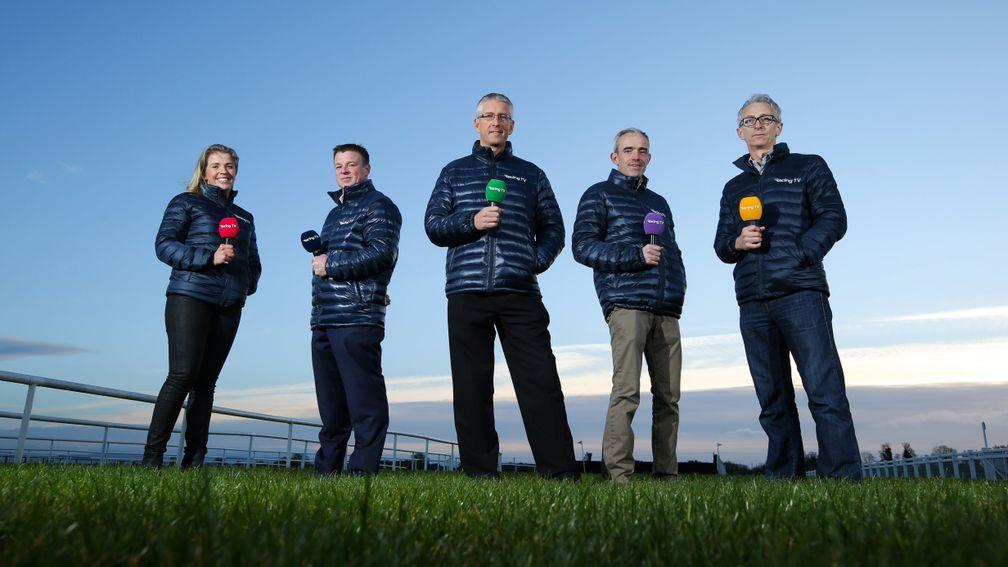
This article is available free as a sample. Members can read exclusive interviews, news analysis and comment available from 6pm daily on racingpost.com
In this week's Ireland's Eye, Alan Sweetman articulated how Irish racing must now accept its imminent switch to Racing TV and hope it proves a bigger success than most stakeholders in the country fear it can be.
Those are sentiments shared throughout the industry, but there is no denying the prevailing fear that we are headed for something depressingly obscure.
Confirmation on Saturday that Tramore's highest profile jumps card is likely to be a casualty of the crammed television schedule when Racing UK transforms into RTV on January 1 was hardly reassuring.
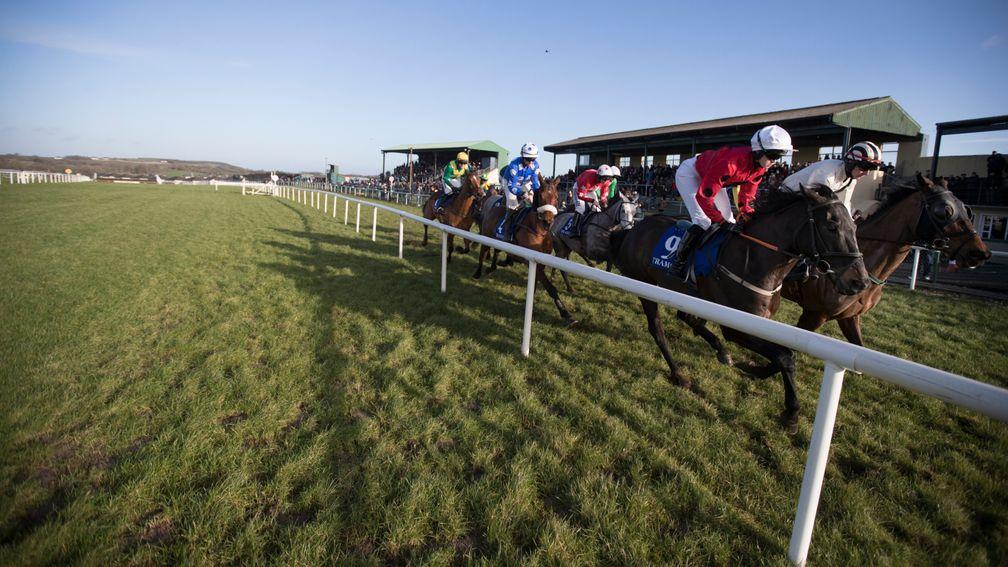
With ATR as part of the basic Sky Sports package, Irish racing has enjoyed exposure to a multi-million viewership base in pubs, clubs and homes all around the world. No price could be put on that.
Thanks in part to the editorial scope for the sort of captivating interviews detailed by Alan in Ireland's Eye, it has been a source of unprecedented opportunity for trainers, many of whom will relay how they have sourced international clients – be it owners to keep horses in the yard or buyers to export them – as a consequence of ATR's promotional value. Foreign direct investment into our small market.
Sadly, HRI and the Association of Irish Racecourses did put a price on that shop window, one that SIS deemed fair. SIS now controls Irish racing's pictures, and the full impact of this strategic decision will only be realised when the new order kicks in.
This column has recently heard of a racing correspondent – no less! – whose multi-media employer, a major and instantly recognisable brand, is refusing to cough up for the €372 annual Racing TV subscription.
That is what we are now up against, and it is illustrative of the extent to which this deal will see Irish racing shoot itself in the foot, as it is about to go from niche to nowhere, hastening the already alarming pace at which racing is being marginalised in the mainstream media.
Three years ago, in my previous role with the Irish Independent, I noted how the switch from Channel 4 to ITV was bad news for Irish racing fans, as ITV and ITV4 are simply not available on some television providers' output. Eventually, TV3 acquired the rights to 50 of ITV's productions.
The ITV coup was a deal that was negotiated by RMG chief executive Richard FitzGerald, who had also led discussions that led to racing departing the BBC, as well as Highflyer's ousting as Channel 4's production partner before the switch to ITV.
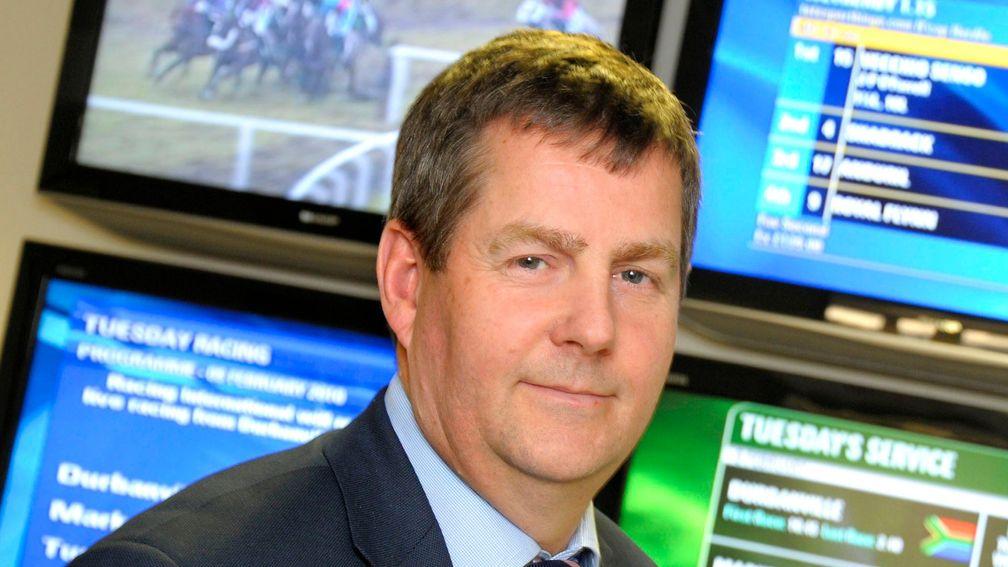
While FitzGerald is clearly delivering considerable financial gains for RMG in these deals, the net result in terms of audience seems to be that less is more. I'd respectfully disagree with that philosophy.
Last weekend, FitzGerald described the latest evolution as a "Netflix-style approach". Again, I'd respectfully disagree with that, and go so far as to say that it is a misguided analogy.
Netflix's most expensive subscription costs less than half of what an RUK subscription does.
It has more than 140 million subscribers in contrast to RUK's circa 50,000, of whom only around 4,000 are Irish-based, and its vast range of high-class television series and movies can be viewed with ease on absolutely any digital device, anywhere in the world.
Sadly, RUK is not nearly as readily accessible, although FitzGerald suggested that a deal has now been struck with Vodafone.
Hopefully apps will be ready to launch come January 1, but Eir's 75,000 subscribers cannot access RUK on their television sets, and nor can the platform's 235,000 Eir Sport digital subscribers, while Virgin television customers cannot access the RUK online facility, on which plenty of live Irish racing coverage will be shown.
Nothing in last weekend's launch prompted much cause for encouragement on those considerable obstacles.
Far from being a Netflix type leap into the next generation that will broaden the sport's audience, the switch of Irish racing to Racing TV is a damaging development for racing's popular appeal. In short, its presence in the public consciousness is going to be further eroded.
As for the new Racing TV team, again I would echo Alan's sentiments, as Gary O'Brien and Kevin O'Ryan's contrasting styles will complement an already excellent team of RUK presenters that boasts Nick Luck and Lydia Hislop as its most accomplished and probing anchors.
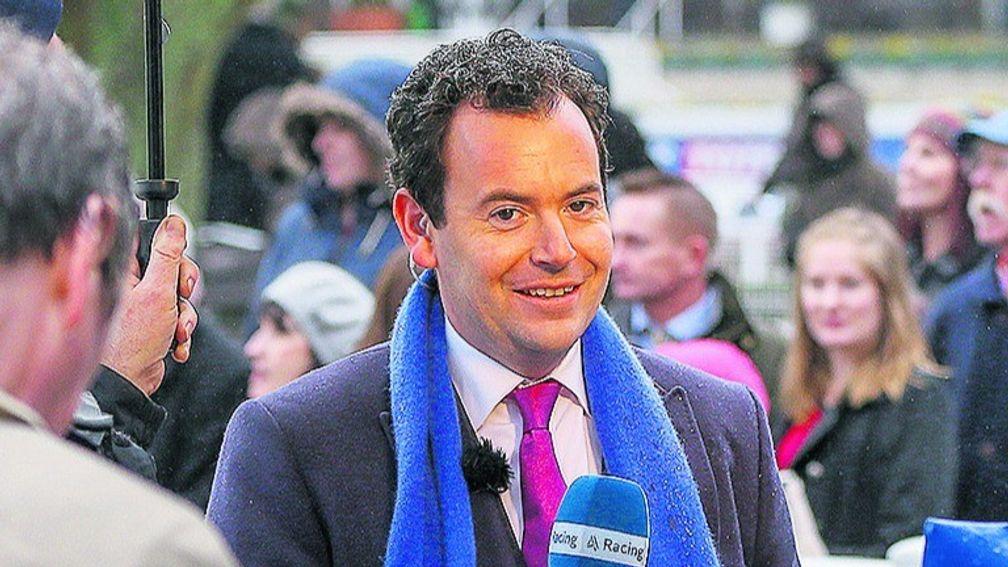
Kate Harrington's appointment came out of leftfield, but she is an eloquent individual who will doubtless grow into her role, whatever it turns out to be. Production is already well under way for feature slots with Irish trainers and that side of the package is eagerly awaited.
Nonetheless, reservations persist over just how much racing professionals or casual television viewers will see of the Irish team and the product they have signed up to showcase.
We will soon find out, but sadly there was little in last weekend's launch to assuage concerns it will be much less than we are all accustomed to.
Blackmore back on top
Time for the monthly update on the season's most engaging narrative. Four weeks ago, Rachael Blackmore finally ceded the lead in the jockeys' championship and trailed Paul Townend by three.
Willie Mullins has still to hit full tilt, but Ruby Walsh's return from injury inevitably makes for slimmer pickings for Townend and Blackmore continues to pour it on.
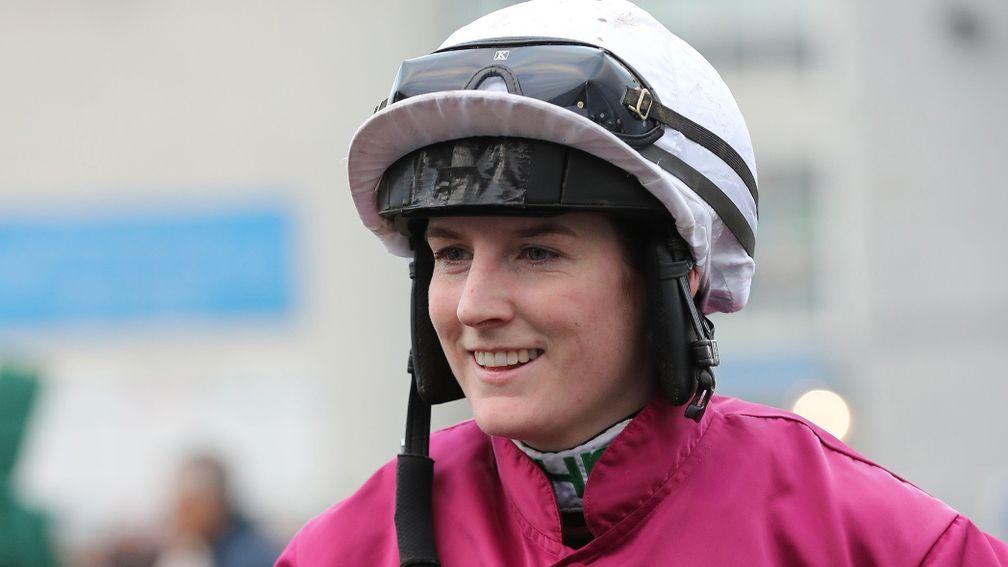
Thank the elements for early showdowns
Regular readers of this column will be aware of my objections to the manner in which the jumps programme book has become so bloated that it now serves to actively discourage the best horses taking on each other.
Apple's Jade's deeply impressive third successive Hatton's Grace Hurdle triumph has reignited the debate about how the OLBG Mares' Hurdle's existence and elevated status exacerbates the problem.
I won't labour the point again, but suffice to say her presence in the Stayers' Hurdle would greatly enhance the race as a spectacle, just as Annie Power's did when she went down after an epic joust with More Of That in 2014.
Apple's Jade would surely take some stopping in the three-mile contest. In fairness, it's worth observing that only five of her 17 starts since moving from France have come in female only company, and, incidentally, that she has actually been beaten on three of those occasions.
Anyway, with so many Grade 1s to choose between, early-season bouts at the highest level too often fail to capture the imagination.
In the past fortnight, though, we've been treated to Native River, Might Bite, Bristol De Mai and Thistlecrack slugging it out in the Betfair Chase, as well as Buveur D'Air, Samcro and Summerville Boy touching gloves in the Fighting Fifth Hurdle.

It didn't take much for circumstances to conspire to treat us to a couple of fascinating clashes between the respective divisions' elite performers, and – fear not – the horses involved will not be scarred for having had to race in November or December.
Moreover, the outcomes add another layer of intrigue to the months ahead. For what it's worth, having been in the camp that viewed Samcro as a chaser rather than a two-mile champion hurdler, the decision to stick to hurdling now is probably the sensible call, although any temptation to step up to three miles should be resisted.
The gruelling staying hurdling division invariably knocks the edge off exciting chasing prospects, and, for all that many of the leading novice chasing contenders have yet to jump a fence in public, pointing him at fences now might not be fair on the horse.
A few more runs over hurdles at the shorter trips should not leave too much of a mark, and he could still conceivably end up winning a couple of Grade 1s. All might not be lost for him over hurdles just yet.
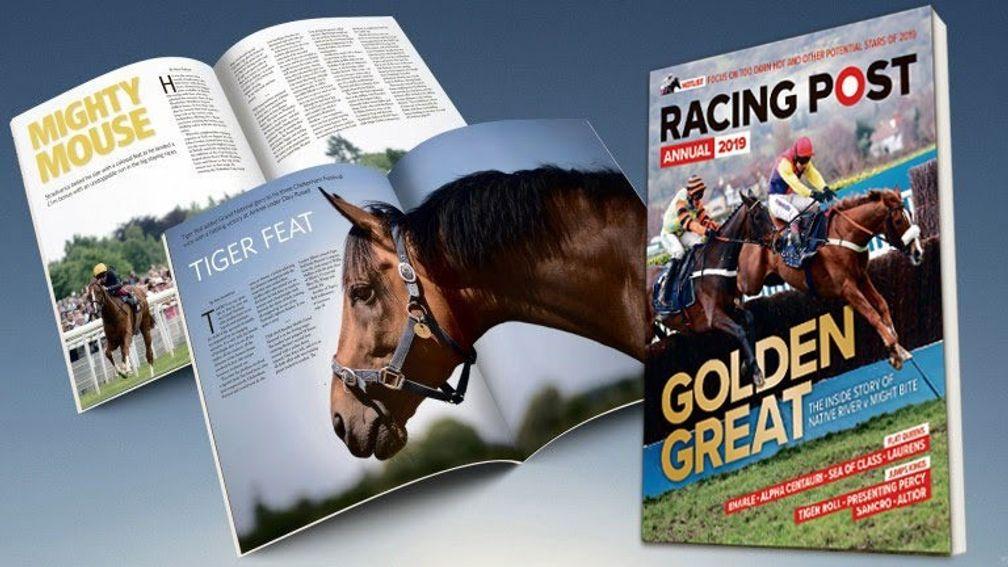
Published on 30 December 2018inComment
Last updated 14:56, 30 December 2018
- The whole shape of the Irish Flat season is being defined by one man only - and even his main targets lie elsewhere
- Analysis: Flutter and 888 have enjoyed contrasting fortunes but they still have things in common
- Only a baby step but an important one if racing is to keep some of its David v Goliath moments
- There are so many great betting opportunities on Saturday - here are my best bets including a very strong Curragh fancy
- Coolmore and Godolphin spare the sport some embarrassment - and not for the first time
- The whole shape of the Irish Flat season is being defined by one man only - and even his main targets lie elsewhere
- Analysis: Flutter and 888 have enjoyed contrasting fortunes but they still have things in common
- Only a baby step but an important one if racing is to keep some of its David v Goliath moments
- There are so many great betting opportunities on Saturday - here are my best bets including a very strong Curragh fancy
- Coolmore and Godolphin spare the sport some embarrassment - and not for the first time